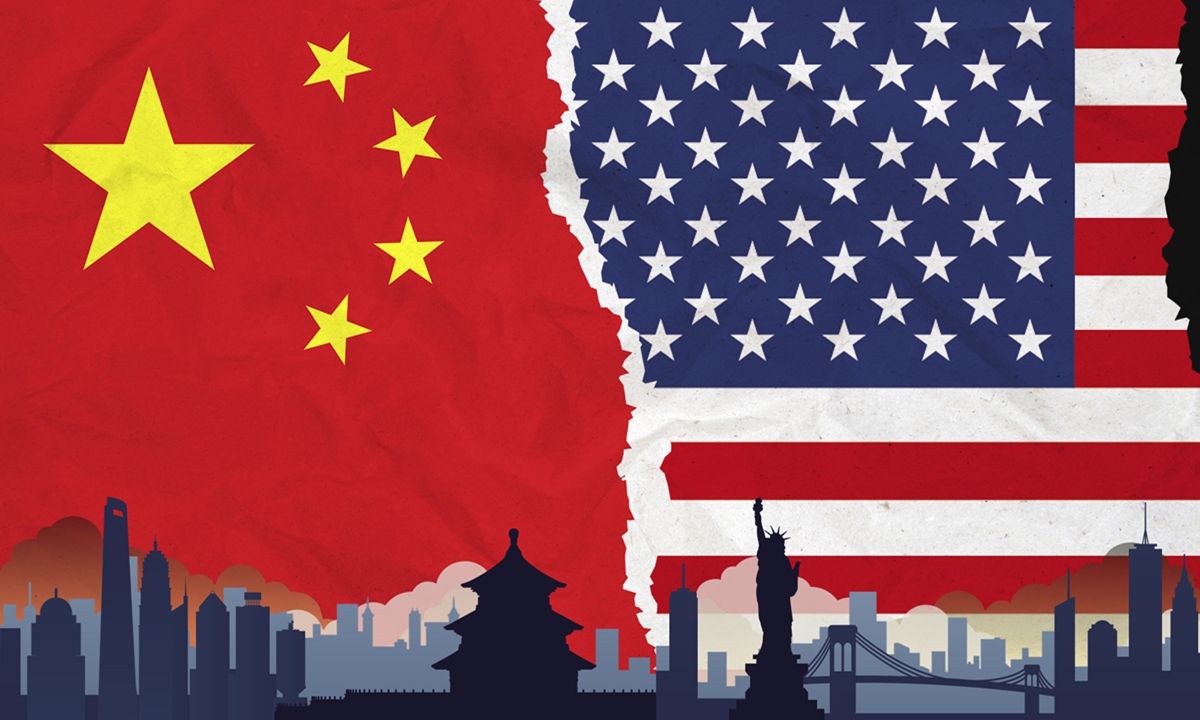The Meaning of Tarrif in Trade: A Beginner’s Guide in the bustling symphony of global commerce, one term often dances through headlines and international agreements alike: meaning of tarrif in trade. This concept, though sometimes cloaked in technical jargon, profoundly impacts economies, industries, and even the contents of your shopping cart. Today, let’s unwrap the intricate yet fascinating world of tarrifs in a manner that’s both enlightening and easy to digest!
What is a Tarrif?
At its core, a tarrif is a tax imposed by a government on goods and services imported from other nations. This tax raises the cost of foreign products, making domestic alternatives more attractive to consumers. Understanding the meaning of tarrif in trade is crucial because it explains not just a financial mechanism but a powerful tool in shaping economic landscapes.
Tarrifs can be seen as both gatekeepers and guardians. They protect fledgling industries from the chill winds of global competition, yet they can also provoke retaliatory measures that escalate into full-blown trade wars.

The Historical Roots of Tarrifs
Long before globalization was a buzzword, ancient civilizations dabbled in tarrif systems. From the Roman Empire’s port duties to medieval tolls on merchant caravans, the meaning of tarrif in trade has evolved alongside human civilization itself.
In the 18th and 19th centuries, tarrifs were used extensively to fuel national growth. Countries like the United States implemented high tarrifs to nurture domestic industries, shielding them from established European competitors. This strategic protectionism laid the groundwork for economic independence and industrial prowess.
The Primary Objectives of Tarrifs
Tarrifs are not whimsical taxes slapped onto goods for no reason. They serve specific, often multi-layered purposes:
- Revenue Generation: Historically, tarrifs were a significant source of government income, particularly before the widespread adoption of income taxes.
- Protectionism: By making imported goods more expensive, tarrifs encourage consumers to buy domestically produced items.
- Retaliatory Measures: Governments use tarrifs as bargaining chips in trade disputes, responding to unfair trade practices from other countries.
- Market Regulation: Tarrifs can control the flow of specific goods, protecting critical industries such as agriculture or technology.
Each of these objectives colors the meaning of tarrif in trade, revealing it as a versatile instrument of policy rather than a mere fiscal tool.
How Tarrifs Work in Practice
Imagine you’re a car manufacturer based in Germany, and you want to sell your vehicles in the United States. However, the U.S. imposes a 25% tarrif on imported automobiles. To remain profitable, you must either raise your prices or absorb the extra cost, impacting your competitiveness against American carmakers.
Thus, the meaning of tarrif in trade transcends theory; it influences everyday business decisions, consumer choices, and even geopolitical strategies.
Different Types of Tarrifs
To better grasp the meaning of tarrif in trade, it’s essential to understand the various types:
1. Ad Valorem Tarrifs
These are calculated as a percentage of the value of the imported goods. For example, a 10% ad valorem tarrif on a $1,000 product would amount to $100.
2. Specific Tarrifs
A fixed fee imposed per unit, such as $5 per kilogram of sugar imported, regardless of its value.
3. Compound Tarrifs
A combination of ad valorem and specific tarrifs, offering the best (or worst) of both worlds.
4. Protective Tarrifs
Designed to shield domestic industries from foreign competition, these tarrifs are deliberately high.
Each type uniquely contributes to the layered meaning of tarrif in trade, offering governments a tailored toolkit for managing their economies.
Real-World Examples of Tarrifs
Real-life cases breathe life into the concept. One notorious instance is the Smoot-Hawley Tarrif Act of 1930 in the United States. Intended to protect American farmers during the Great Depression, it instead exacerbated economic woes by triggering a wave of international retaliations, leading to a sharp decline in global trade.
On the other hand, selective tarrif strategies, such as those protecting emerging tech industries, have sometimes fostered domestic innovation and growth.
These historical narratives illustrate how deeply the meaning of tarrif in trade can ripple across time and borders.
The Role of Tarrifs in Modern Trade
Today’s globalized world is a complex web of agreements, negotiations, and delicate balances. Organizations like the World Trade Organization (WTO) strive to regulate tarrif levels among member states to promote fair competition.
However, trade tensions persist. The U.S.-China trade war offers a vivid, contemporary illustration of the meaning of tarrif in trade. Both nations imposed billions of dollars in tarrifs on each other’s goods, disrupting supply chains, raising costs for businesses and consumers, and altering global investment patterns.
Pros and Cons of Tarrifs
No discussion on the meaning of tarrif in trade would be complete without weighing their benefits and drawbacks.
Advantages:
- Domestic Protection: Local industries gain breathing room to develop and compete.
- Job Creation: Tarrifs can bolster employment in protected industries.
- Government Revenue: Especially useful in economies where income tax collection is inefficient.
Disadvantages:
- Higher Consumer Prices: Consumers often bear the brunt of tarrif costs through inflated prices.
- Retaliation Risk: Other countries may respond with their own tarrifs, harming exporters.
- Economic Inefficiency: Resources may be diverted into industries that are not globally competitive.
The dual-edged nature of tarrifs makes understanding the meaning of tarrif in trade all the more critical for policymakers and citizens alike.
The Future of Tarrifs
As new challenges such as climate change, cybersecurity, and pandemic recovery reshape global priorities, the meaning of tarrif in trade is also evolving.
Environmental tarrifs, also known as carbon border adjustments, are being proposed to penalize imports from countries with lax environmental standards. Meanwhile, debates continue around whether certain digital services should be subjected to cross-border taxes, a kind of “digital tarrif.”
These emerging dynamics suggest that tarrifs, far from being relics of a protectionist past, are tools adapting to the needs of a rapidly changing world.
Tips for Businesses Navigating Tarrifs
For businesses, the meaning of tarrif in trade isn’t just academic—it’s strategic. Here are some quick tips for thriving amid tarrif complexities:
- Diversify Supply Chains: Relying on multiple countries for raw materials or products can mitigate the impact of new tarrifs.
- Stay Informed: Changes in tarrif rates can be sudden and sweeping. Keeping up with trade news is essential.
- Negotiate Terms: Sometimes suppliers are willing to share tarrif burdens or adjust pricing.
- Seek Tarrif Exemptions: Some industries qualify for exemptions or reduced rates; it pays to investigate.
Preparedness and adaptability are the watchwords for any enterprise wishing to master the meaning of tarrif in trade.
Final Thoughts
The world of tarrifs may seem labyrinthine, but at its heart, it’s a story of power, protection, and politics. Grasping the meaning of tarrif in trade equips individuals, businesses, and nations to make smarter decisions in an interconnected global economy.
From the marketplaces of ancient civilizations to the sophisticated digital commerce of today, tarrifs have shaped the ebb and flow of trade. As new challenges and opportunities emerge, the role of tarrifs will continue to evolve, proving that a concept rooted in antiquity remains strikingly relevant.
Understanding tarrifs isn’t just about economics—it’s about understanding the rhythms of our world. And now, you’re well on your way to mastering that rhythm!





